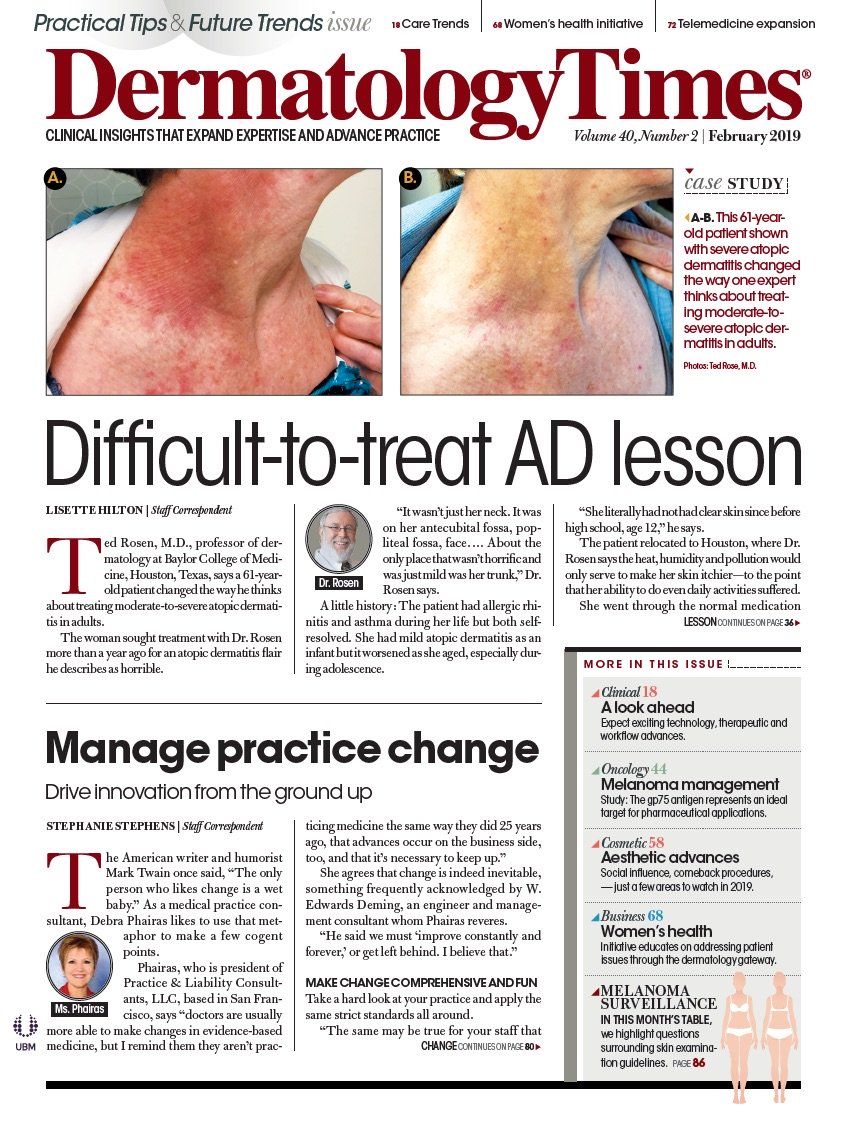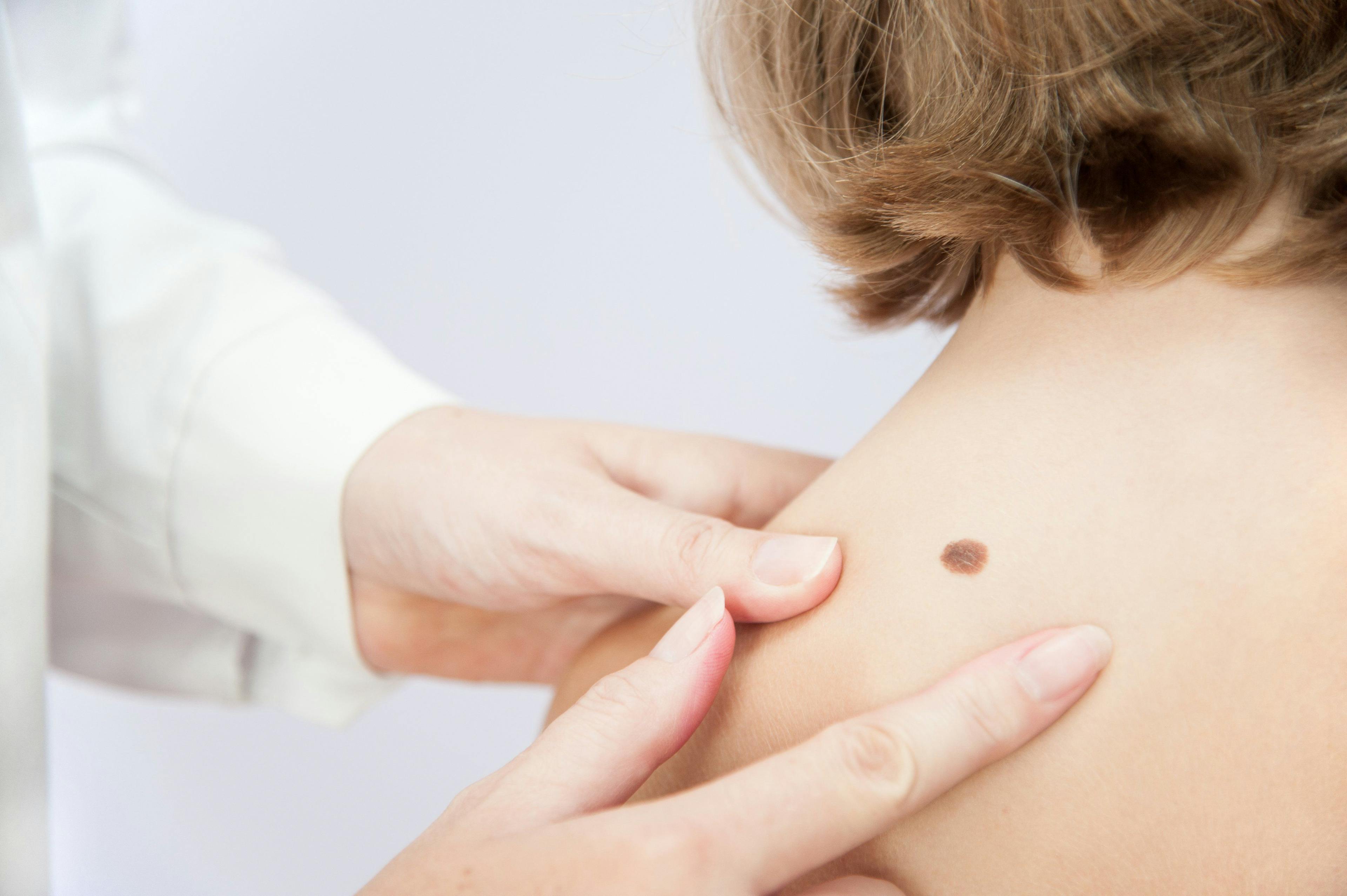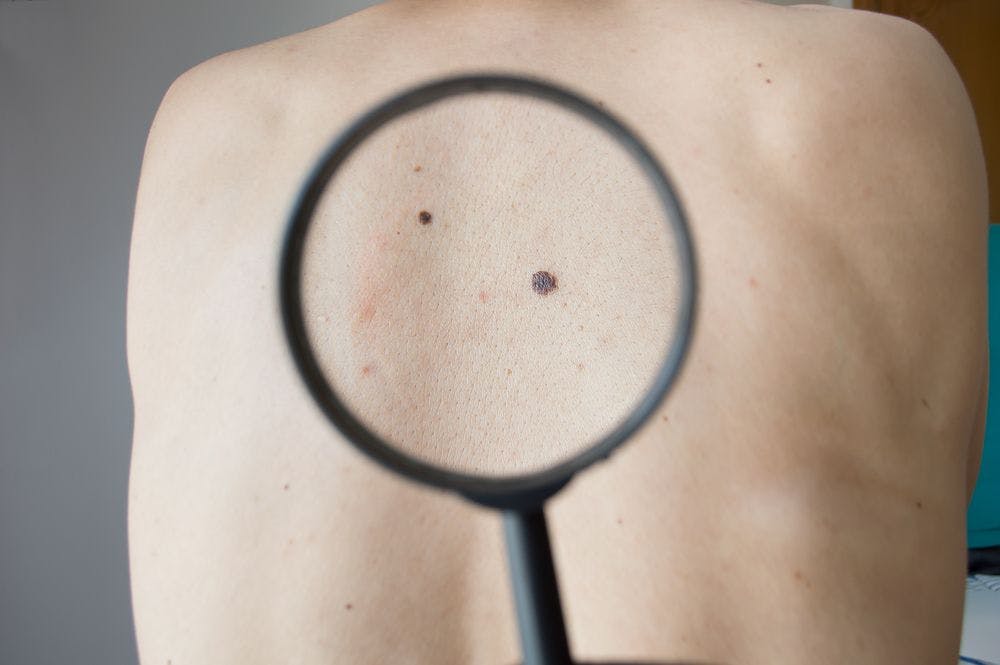- Acne
- Actinic Keratosis
- Aesthetics
- Alopecia
- Atopic Dermatitis
- Buy-and-Bill
- COVID-19
- Case-Based Roundtable
- Chronic Hand Eczema
- Chronic Spontaneous Urticaria
- Drug Watch
- Eczema
- General Dermatology
- Hidradenitis Suppurativa
- Melasma
- NP and PA
- Pediatric Dermatology
- Pigmentary Disorders
- Practice Management
- Precision Medicine and Biologics
- Prurigo Nodularis
- Psoriasis
- Psoriatic Arthritis
- Rare Disease
- Rosacea
- Skin Cancer
- Vitiligo
- Wound Care
Publication
Article
Dermatology Times
Over the counter options for foot dermatoses
Author(s):
Dermatological conditions that lead to foot pain and discomfort do not necessarily require costly and time-consuming prescription management. Instead, according to a new study, over-the-counter treatments can be a viable option for patients.
Dermatological conditions that lead to foot pain and discomfort do not necessarily require costly and time-consuming prescription management. Instead, according to a new study, over-the-counter treatments can be a viable option for patients. (misalukic - stock.adobe.com)

Dermatological conditions that lead to foot pain and discomfort do not necessarily require costly and time-consuming prescription management. Instead, according to a new study, over-the-counter treatments can be a viable option for patients.
Some type of foot-related condition affects as much as 30% of the general U.S. population. According to a review study published recently in American Family Physician, “Common Foot Problems: Over-the-Counter Treatments and Home Care,” patients can achieve some level of improvement and relief from plantar warts, corns and calluses, tines pedis (Athlete’s foot), and onychomycosis (toenail fungus) without expensive medications.
The goal of the study, said Blair Becker, M.D., study author and primary care physician with Kaiser Permanente Washington Family Medicine Residency in Seattle, is to arm providers with a variety of treatment options patients can implement on their own with limited out-of-pocket expense or time spent in doctor’s appointments.
“We’re trying to give providers more tools for when they see conditions pop up that are more cost effective and also have some evidence behind them,” Becker said. “As physicians, we want to have confidence in recommending things that will actually help our patients.”
The study addresses several conditions commonly seen in both dermatology and primary care offices and outlines treatment options that have been tested in randomized, controlled trials.
“We want folks to be diagnosed correctly and to have guidance, so we’re not eliminating the physician from the situation,” he said. “But, it’s nice to be able to offer over-the-counter remedies because they’re so cost-effective.”
PLANTAR WARTS
Linked to the human papillomavirus, plantar warts occur most frequently in children. Approximately 20% of children ages 4 to 12 will experience a viral plantar wart. Roughly two-thirds of lesions will likely clear up on their own within two years of appearance, but how quickly it resolves depends on which virus strain is involved.
Existing evidence points to several effective, inexpensive over-the-counter therapies, he said. Based on the results of one randomized, controlled trial, 90% of patients reach a cure using a variety of cryotherapy agents, including liquid nitrogen, dimethyl ether, and propane. Results were the same among patients who treated their warts in two-, three-, or four-week intervals.
In addition, salicylic acid and zinc oxide have also been shown to reduce the impact of plantar warts with similar efficacy to cryotherapy.
CORNS AND CALLUSES
Pressure and friction on the skin are responsible for corn and calluses. The most effective treatments for these hyperkeratotic conditions are ones that give the skin time to heal. Donut pads and metatarsal bars are commonly-used solutions that can redirect pressure away from a lesion, but existing evidence has revealed salicylic acid is also an effective over-the-counter tool in reducing their impact, Dr. Becker said. Applying salicylic acid softens them, and using salicylic acid plasters, over time, encourages the corn or callus to sluff away.
TINEA PEDIS (ATHLETE’S FOOT)
As one of the most common dermatologic foot conditions, tinea pedis can appear in as many as 50% to 80% of patients, increasing the need for a readily available, over-the-counter therapy, Dr. Becker said.
According to published studies, patients have several over-the-counter treatments available to combat their symptoms. Overall, these options are fungistatic, including miconazole, clotrimazole, tolnaftate (Tinactin), and the fungicidal allylamine terbinafine (Lamisil). Data shows, he said, allylamines are slightly more effective, have higher cure rates, and work faster than other medications.
Previously used treatments, such as undecylenic acid, is still available, but research indicates it is less effective than newer products.
ONYCHOMYCOSIS (TOENAIL FUNGUS)
Overall, onychomycosis appears in roughly 6% to 14% of the general population, but it occurs more frequently in individuals who also have tinea pedis. To date, any topical treatment - prescription or over-the-counter - has produced limited results compared to oral prescription medicines, Dr. Becker said.
However, patients have tried creative solutions, he said, to uncertain results. For example, many patients have employed Tea tree oil, topically-applied cough suppressants, coniferous resin, and sunflower oil with their toenail fungus. But, there is no clinical evidence to support the effectiveness of these therapies. In addition, there is no data to support treating nail infections with the over-the-counter antifungal creams used to treat tinea pedis.
In many cases, though, patients opt to forego onychomycosis treatment, despite the discomfort it presents, because of the side effects, hesaid.
“Onychomycosis is prevalent and difficult to eradicate. And, in addition to being a cosmetic issue for a lot of people, it’s also uncomfortable as it gets in the nail, thickens it, and can change it’s shape,” Dr. Becker said. “Unfortunately, antifungal pills are the only ones with good evidence of being helpful, and they can be hard on the liver and require many months of treatment with regular liver monitoring and testing.”
Consequently, he said, after conversations with their doctor, many patients decide against taking the medication.
The ultimate assumption, Dr. Becker said, is most primary care and dermatology provides want to give patients evidence-based, accessible solutions that can effectively treat their foot conditions.
“There are a lot of other treatments out there for these conditions. Our goal was to highlight solutions that people can use with direction from their primary care physician,” Dr. Becker said. “As primary care providers, we try to eliminate a patient’s expense and the hassle of their coming in to be seen as much as we can. We know their money and time are tight, and this is a way that we, as any type of provider, can help.” Â
Reference:
Becker B, Childress A, Common Foot Problems: Over-the-Counter Treatments and Home Care, American Family Physician (2018).

Newsletter
Like what you’re reading? Subscribe to Dermatology Times for weekly updates on therapies, innovations, and real-world practice tips.
























